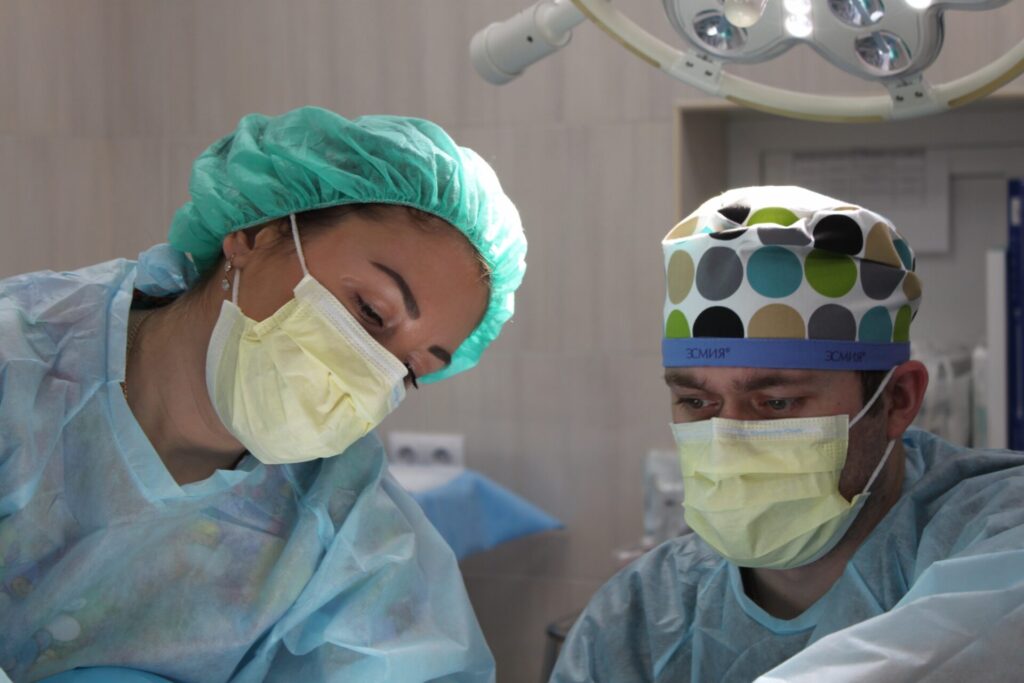How Physical Therapy Helps After Corticosteroid Injection
If you’ve received a corticosteroid injection and are wondering about the next steps in your recovery process, physical therapy may be an important part of stemming any further pain or discomfort. As it turns out, getting regular treatment after having a corticosteroid injection can help to strengthen weakened muscles that have been affected by the inflammation associated with this type of medication. In this blog post, we will discuss how physical therapy helps after receiving a corticosteroid injection and explain why it’s such an important part of regaining mobility and overall well-being.
Overview of Corticosteroid Injections and Their Benefits
Corticosteroid injections are a popular treatment for a wide variety of conditions, including arthritis, tendonitis, and bursitis. These injections work by reducing inflammation in the affected area, which can greatly alleviate pain and discomfort. Unlike many other treatments, corticosteroid injections are relatively non-invasive and can be administered quickly and with minimal discomfort. Furthermore, the benefits of these injections tend to last for several weeks or even months, making them a highly effective option for those looking to manage chronic pain or inflammation. While there are some potential side effects to be aware of, the benefits of corticosteroid injections make them a valuable tool in the fight against many painful conditions.
The Role of Physical Therapy in Recovery After Corticosteroid Injection
Corticosteroid injections can provide much-needed relief for patients with conditions such as joint inflammation, tendonitis, and arthritis. However, the recovery process after injection can vary depending on the individual’s condition and specific needs. Physical therapy can play a crucial role in helping patients recover by improving their range of motion, increasing strength, and reducing pain. Physical therapists work closely with patients to develop personalized rehabilitation plans that cater to their unique needs. By incorporating exercises, stretches, and other techniques, physical therapy can help patients regain their mobility and function after a corticosteroid injection. Ultimately, physical therapy can aid in improving the quality of life for patients and getting them back to the activities they love.
Techniques for Pain Management After Corticosteroid Injection
Corticosteroid injections are commonly used to treat pain, inflammation, and swelling in various parts of the body. Although these injections can be effective, they can also be painful for some patients. The good news is that there are techniques for managing this pain. One such technique is to use ice or cold compresses on the affected area. This helps to reduce swelling and numb the area, which can provide relief. Another technique is to take over-the-counter pain medications, such as acetaminophen or ibuprofen. These medications can help to alleviate pain and reduce inflammation. Additionally, practicing deep breathing and relaxation exercises can help to reduce tension and promote healing. By using these techniques, patients can effectively manage their pain after a corticosteroid injection and return to their daily activities as soon as possible.
Post-Injection Tips for Faster Healing
If you’ve recently had an injection, then you know that the discomfort doesn’t always end when the needle leaves your skin. Thankfully, there are things you can do after your injection to help speed up the healing process. For starters, apply a cool compress to the site of your injection to help reduce swelling. Additionally, avoid any strenuous exercise or activities and try to keep the area as clean as possible to reduce the risk of infection. Of course, everyone’s body is different and some may heal faster than others, but following these post-injection tips can certainly help you get back to feeling like your usual self sooner rather than later.
Exercises to Strengthen the Area Around the Injection Site
Getting vaccinated against COVID-19 has become a top priority to most people. However, the injection site may feel sore or tender after receiving the vaccine. To prevent this, you can practice exercises that strengthen the area around the injection site. Such exercises may include gentle shoulder rolls, arm stretches, and massaging the area with a foam roller or a tennis ball. These exercises are not only helpful in reducing post-injection pain but also great for improving overall flexibility and range of motion. Taking care of your body post-vaccination is essential, and exercising the area around the injection site is one of the best ways to do it.
Benefits of Stretching After a Corticosteroid Injection
Many people get corticosteroid injections to reduce inflammation and pain. While these injections can be effective, they can also cause muscle stiffness and reduced range of motion. This is where stretching comes in. Stretching after a corticosteroid injection can help increase flexibility, reduce muscle soreness, and improve blood flow to the affected area. It can also prevent the formation of scar tissue, which can limit movement in the long run. By taking a few minutes to stretch after a corticosteroid injection, you can help your body recover more quickly and improve your overall quality of life.
Conclusion
In conclusion, corticosteroid injections can be an effective treatment for relieving inflammation and pain due to a variety of conditions. While the injection procedure itself is relatively straightforward, taking the time to focus on post-injection care and management is essential for ensuring the efficacy of the treatment. Physical therapy, pain management techniques like icing or using heat, and working on strengthening and stretching exercises are all important components of a comprehensive post-injection plan. With a bit of knowledge about proper post-injection protocols and an experienced medical professional to guide you through the process, corticosteroid injections can help improve your quality of life by reducing painful inflammation and restoring your range of motion in no time.
Recent Research
When Should You Have A Steroid Injection?
A recent review of corticosteroid injection for tendon pain found that it’s primary use should be in the first few weeks. For chronic tendon pain steroid injection may have a negative effect on long term outcomes.

